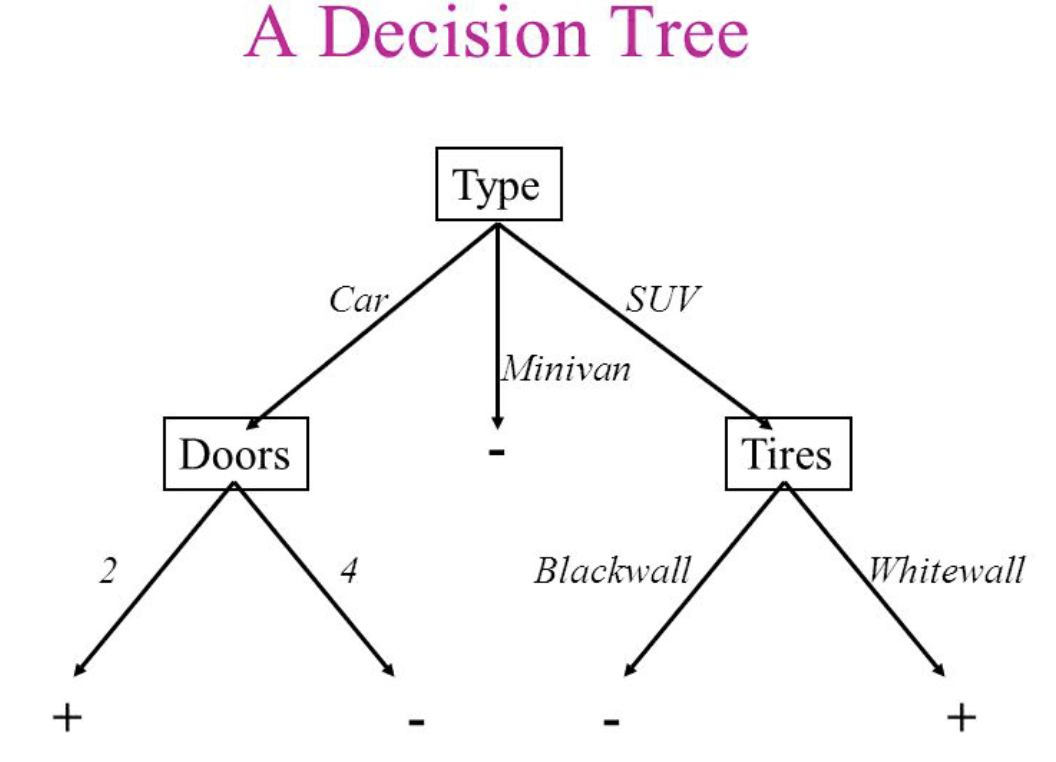Convolutional Neural Networks (OMSCS Deep Learning Course Note 3)
Updated:
Share on
Twitter Facebook Google+ LinkedInConvolutional Neural Networks
Introduction - convolution layer can take any input 3D tensor and output another similarly-shaped output - e.g. RGB image to gray - convolution layers can be combined with non-linear and pooling layers whcih reduce the dimentionality of the data - Backpropagation and automatic differentiation allow us to optimize any function composed of different blocks - no need to change learning algorithm - the compl
Process Example - Image - Conv + Non-Linear Layer - Pooling Layer - Conv + Non-Linear Layer - Fully Connected Layers
The connectivity in linear layers does not always make sense - More parameters lead to more data - Not necessary
Image features are spatially localized - smaller features repeated across the image - Edges - Color - Motifs
Each node only receive input from K_1K_2 window - receptive field - Advantage - Reduece parameters to (K_1K_2+1)*N - Explicitly maintain spatial information
nodes in different locations can share features - No reason to think same features can’t appear elsewhere - Use same weights/parameters in computation graph - Advantage - Reduce to (K_1*K_2+1) - Explicitly maintain spatial information
Learn many such features for this one layer - Weights are not shared across different feature extractors - Parameters (K_1K_2+1)M, where M is number of features we want to learn
Convolution Example Process - Image - Kernel/Filter - Output/Filter/feature map
Convolution Layer - Initialize kernel - Parameters plus a bias term per filter - Intuitive Explanation - Filp kernel - Stride along images - Generate output - Convolution - Start at end of kernal and move back - Cross-correlation - Start in the beginning and move forward
Why Convolution? - just simple linear operations and just a linear layer with small receptive field - duality between them during backpropagation - convolution have various mathematical properties - Historically how it was inspired
Input and Output Sizes - Parameters - Number of channels in input image - Number of channels produced by the convolution - kernel size - stride - padding - padding mode - Out size of vanilla convolution operations - (H-K_1+1)(W-k_2+1) - We can pad the image to make the output the same size - zeros - padding ofen refers to pixels add to one size/p=1 - output size (H+2-K_1+1)(W+2-K_2+1) - Stride - Move filter along the image using larger steps - potentially result in loss of information - With stride = 2 - ((H-K_1)/2+1)((H-K_2)/2+1) - In reality, there have more than one channel - Image has three channels RGB - Kernel can be 3-channel kernels - Can have multiple layers per layer - Number of filters with input HWN and kernel with K_1K_2m - N is 3 for images and m is the number of filters - m(K_1K_2N+1) - each kernel has a bias term
Steps to vectorize this operation - Step 1: Layout image patches in vector form/Im2cool - Step 2: Multiple patches by kernel
Pooling Layer - pooling operations - down sample - parameters - kernel size - stride - padding - Can use any differentiable function - Example - max pooling/no parameters needed - average pooling
Combination Convolution and Pooling layers - The combination adds some invaraince to translation of the features - If feature translated a little bit, output values still remain the same - Convolution by itself has the property equivariance - If feature translated a little bit, output values move by the same translation
Backwards pass for Convolution Layer - It is instructive to calculate the backwards pass of a convolution layer - gradient for passing back - gradienst for weight update - 1 padding, 1 channel and 1 kernel to make output the same size

